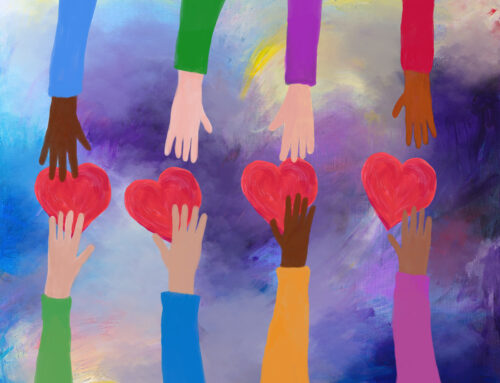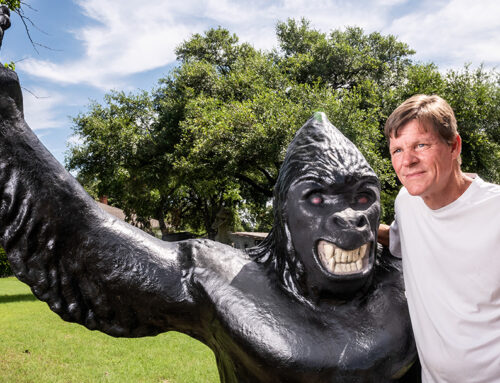Later this month, on the Friday after Thanksgiving, many of us will get up at 4 a.m. — and perhaps even earlier — to go shopping. This is something that has always intrigued me, since shopping that early in the morning seems as appealing to me as breeding red ants.
Yet we seem to love it. As one visitor to our Back Talk blog wrote last year: “Fry’s on NW Highway opened today at 5. I got there at 5:05 and was about 300 spots back in the line, which wrapped around to the back side of the building. … The line to get in was nothing — the line to check out snaked all around the store and took me an hour and 10 minutes from the time I got in line until I got to a register, and they had 60 registers going.”
In fact, the Black Friday shopping post has been an annual tradition on our Back Talk blog since 2006. I note various store hours and holiday shopping promotions in the area, and visitors share their thoughts and comments about where they shopped, what they bought, what they saw, and why they think I’m odd because I don’t understand the concept.
Because I don’t. It’s not that I have anything against shopping or holidays or gift giving. I do all three. I just don’t understand our fascination with buying stuff. I probably shouldn’t admit this, but I only recently replaced my 20-some-year-old television with a flat screen. I didn’t see the need. It worked, it hooked up to the satellite — what more did I need?
Which, apparently, puts me in the minority. Even with the recession (or because of it), Black Friday deals and predictions were rampant when I wrote this at the beginning of October. How about 50-inch plasma TVs for $899? Netbooks for $199?
One Web site that tracks Black Friday sales (and yes, there are a depressing number of them) predicted that Walmart will offer the best discounts, but that Amazon, Target, jewelry site Ice.com and 1800Flowers will heavily push Black Friday in an attempt to catch up. And, almost everyone agrees, we may see Black Friday-style sales before Black Friday, given the economy.
So what is going on here?
“No, you’re not un-American,” says Ed Fox, who knows more about shopping than almost anyone I know. Fox is the director of the JCPenney Center for Retail Excellence at SMU’s Cox School of Business, which means he goes to Black Friday sales not to buy, but to take notes.
Black Friday, Fox says, is not just about deals. It’s a sophisticated, almost stylized, ritual between a retailer, its competitors, and consumers.
The retailer’s goal is to get customers in its store at non-peak hours, because the retailer knows that the store will be full between 11 and 5. In fact, the weekend after Thanksgiving is about the only time of the year that stores reach capacity — where they handle as many customers as they physically can.
Hence free coffee and doughnuts and door-buster specials at 5 in the morning. Because if there is a 70-minute wait in the checkout line at 5:30 a.m. at Fry’s on Black Friday, that’s 70 minutes worth of customers who aren’t shopping at the store later in the day, when they probably couldn’t get in. And, equally as important, says Fox, that’s 70 minutes worth of customers who aren’t shopping at another retailer.
And he had good news for those of you who will be out there on Nov. 27. The recession has made consumers more price sensitive, and retailers — lots of whom may not make it past the holiday season without bumper sales, Fox says — will cut prices aggressively to attract them.
If you go, tell us about it on the blog. I, of course, will be home in bed.





